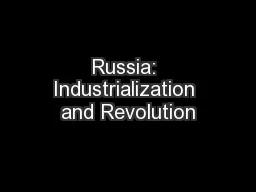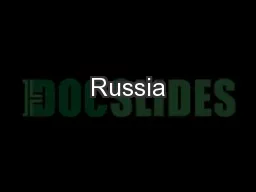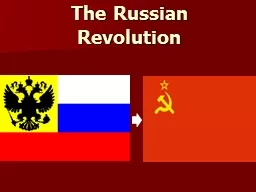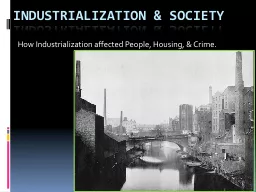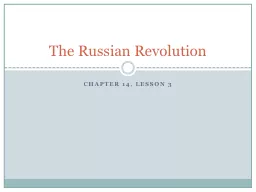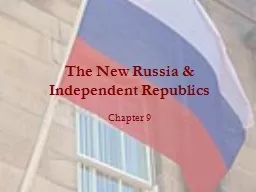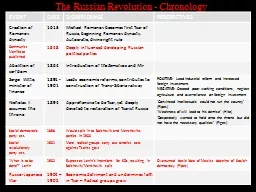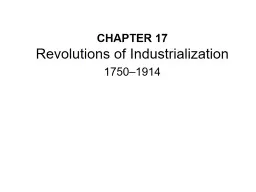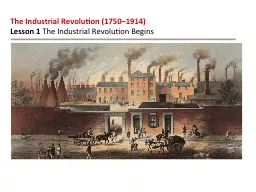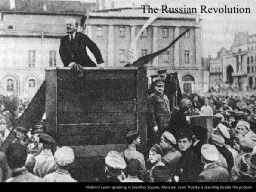PPT-Russia: Industrialization and Revolution
Author : kittie-lecroy | Published Date : 2018-11-02
17501914 AP World History Chapter 18 Russia During the 19 th Century STILL had an absolute monarchy the tsar No national parliament No political parties No nationwide
Presentation Embed Code
Download Presentation
Download Presentation The PPT/PDF document "Russia: Industrialization and Revolution" is the property of its rightful owner. Permission is granted to download and print the materials on this website for personal, non-commercial use only, and to display it on your personal computer provided you do not modify the materials and that you retain all copyright notices contained in the materials. By downloading content from our website, you accept the terms of this agreement.
Russia: Industrialization and Revolution: Transcript
Download Rules Of Document
"Russia: Industrialization and Revolution"The content belongs to its owner. You may download and print it for personal use, without modification, and keep all copyright notices. By downloading, you agree to these terms.
Related Documents

